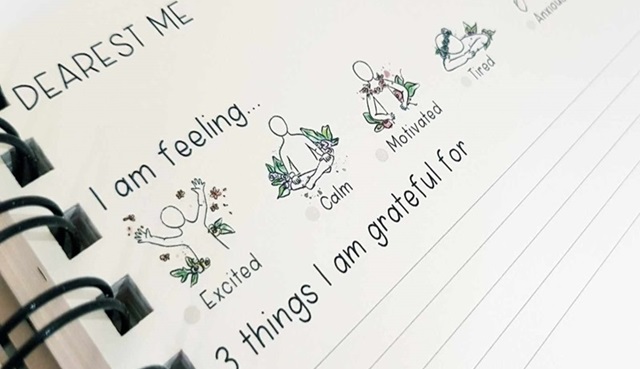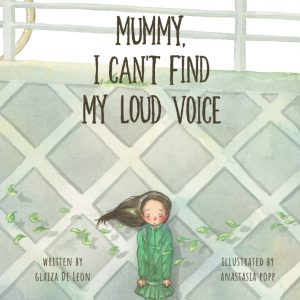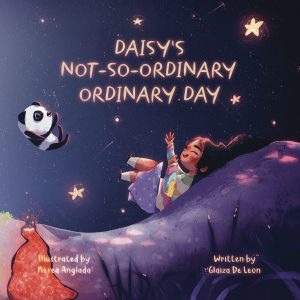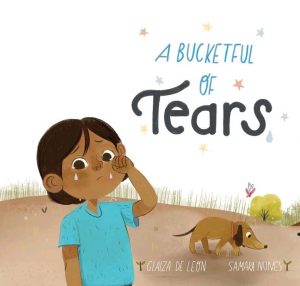
If you want the creative freedom to bring your story to life then self-publishing will allow you to do just that. Whether your inspiration is from your own experiences, your child’s adventures, or a story you’ve dreamed of for yours, self-publishing gives you the opportunity to share your ideas in your own unique way.
So, what exactly do you need to keep in mind?
Writing a Compelling Story
Every child remembers a children’s book that they find memorable and engaging. Here’s how you can get started:
- Brainstorm Your Idea: Whether you draw inspiration from personal experiences, your children, or timeless themes like friendship, kindness, or adventure, be sure to list all your thoughts down.
- Determine Your Target Audience: Work out which age group you’re writing for as each have unique styles and language levels.
- Choose Your Writing Style: Will you write in rhyme, prose, or perhaps a combination of both? Rhyming stories can be fun, but they require precision to avoid sounding forced.
- Self-Edit and Revise: After you’ve finished your first draft, set is aside for a short time and then revisit it with fresh eyes. Self-edit for clarity, flow, and ensure it suits your intended age group.
- Hire a Professional Editor: This is extremely important to ensure you have a polished manuscript that’s ready for young readers.
Illustrating Your Children’s Book
Illustrations are important as they are the first impression when someone picks up your book. They should bring the story to life and immediately capture the attention of young readers. Here’s what you need to know:
- Hire a Professional Illustrator: Platforms like Instagram, Facebook groups, and local artist communities are great places to find talented illustrators. Collaborate with someone who understands your vision and whose artwork style reflects that.
- Create a Clear Brief: Provide your illustrator with your finalised manuscript and detailed descriptions of your characters, settings, and scenes. Include any specific ideas you have in mind for colour palettes and provide any reference photographs where necessary.
- DIY Illustration: If you’re comfortable and confident illustrating your own book, consider using tools like Procreate or Adobe Illustrator.
- Consistency is Key: Ensure the illustrations match the tone of your story and the style is consistent throughout the book. Artworks should have a minimum resolution of 300dpi.
Formatting Your Book for Print and Digital
Proper formatting is crucial to ensure your book looks professional, whether it’s in print or digital format.
- Print vs. eBook Formatting: Print books require attention to margins, trim size, and image resolution. eBooks must be compatible with platforms like Kindle and other devices.
- Hire a Professional Formatter: A professional trained in design can format your book, keeping the above requirements.
- Avoid Common Mistakes: Triple-check dimensions, font sizes, and image quality to ensure they meet publishing standards.
- Note: If you choose to print your book with a local printing company, it’s best to confirm book dimensions and bleed size etc. with them.
Getting an ISBN for Your Book
An ISBN (International Standard Book Number) is essential for your book, as it helps retailers, libraries, and readers identify and track your title. Here’s what you need to know:
- An ISBN is a unique 13-digit identifier assigned to your book. It’s necessary if you plan to sell your book through online retailers, bookstores, or libraries.
- In Australia, you can purchase an ISBN from the official ISBN agency, Thorpe-Bowker, (https://www.myidentifiers.com.au/). If you’re outside Australia, check your country’s ISBN agency website.
- While eBooks don’t always require an ISBN (platforms like Amazon Kindle assign their own unique identifiers), having one can make your book more widely available across multiple platforms.
- Keep in mind that each format of your book (e.g., paperback, hardcover, eBook) will require a separate ISBN.
- Having an ISBN is a crucial step in making your book professional and accessible to readers worldwide.
Depositing Your Book with the National Library of Australia
If you’re self-publishing in Australia, registering your book with the National Library of Australia (NLA) is a crucial step. This process helps preserve your book in the national collection and ensures that your book becomes part of Australia’s literary heritage and is available for future generations.
- What is a legal deposit? Under the Copyright Act 1968, one copy of every publication made available in Australia must be submitted to the NLA. This includes print and digital books, as well as graphic novels, magazines, and more.
- How to Submit Your Book: For print books, send one copy by mail or deliver it to the NLA in Canberra. For digital books, use the National edeposit (NED) system to upload your eBook online and meet both national and state legal deposit requirements.
- To learn more, visit the NLA’s Legal Deposit page.
Choosing the Right Self-Publishing Platform
Deciding on the right platform is an important step to getting your book to readers. Here are a few options:
- Amazon Kindle Direct Publishing (KDP): Ideal for beginners, Amazon KDP offers free tools and access to a global audience.
- IngramSpark: A great option for wide distribution in bookstores and libraries, though it comes with upfront fees.
- Lulu: Known for its user-friendly interface and customisable options for print books.
- Compare Your Options: Look into each platform and consider factors such as royalties, ease of use, and distribution reach.
Marketing and Selling Your Book
Marketing starts before your book is even published! In order to get your book into the hands of readers you should:
- Build an Author Platform: Create a website and social media presence to connect with your audience. This gains trust and credibility.
- Leverage Social Media: Share behind-the-scenes content and book sneak peeks on platforms like Instagram and Facebook.
- Reach out to Schools, Daycare Centres, and Libraries: Offer to host author visits or storytime events to introduce your book to young readers.
- Encourage Reviews: Positive reviews can boost your book’s credibility as well as its visibility. Ask friends, family, and early readers to leave reviews on platforms like your own website, Amazon (if your book is published on it), and Goodreads.
Ready to Bring Your Children’s Book to Life?
Self-publishing a children’s book is a rewarding journey that allows you to share your story with the world. By following these steps—writing, illustrating, formatting, publishing, and marketing—you can successfully bring your vision to life and inspire young readers.
If you’re looking for inspiration, check out our Children’s Books section to explore self-published works.
Happy publishing!
FAQs
Q: How much does it cost to self-publish a children’s Book?
A: The cost depends on your goals, whether you handle some tasks yourself, and the quality you want for your book. Keep in mind that upfront expenses can be recouped through book sales over time. As a ballpark figure:
- Low End: $500–$1,000 (minimal services, DIY approach).
- High End: $3,000–$10,000+ (professional-quality book with custom illustrations and marketing).
Q: Do I need an illustrator for my children’s book?
A: For most children’s books, illustrations are essential to engage young readers. You can hire a professional illustrator or create your own illustrations if you have the skills.
Q: How much money can you make publishing a children’s book?
A: The amount of money you can make publishing a children’s book varies widely and depends on factors like your marketing efforts, distribution, and whether you self-publish or go through a traditional publisher. Success depends on your book’s quality, niche, and marketing strategy. While some authors make only a few hundred dollars, others achieve significant sales and turn their books into lucrative careers.
Q: How many pages does a children’s book need to have?
A: The number of pages in a children’s book depends on the target age group and format. Here’s a general guide:
- Board Books (Ages 0–3): Typically 12–24 pages. These are durable, simple books designed for babies and toddlers.
- Picture Books (Ages 3–7): Usually 24–32 pages, with 32 pages being the standard. These books rely heavily on illustrations and minimal text.
- Early Readers (Ages 5–7): Around 32–64 pages. These books have simple sentences and are designed for children learning to read.
- Chapter Books (Ages 7–10): Typically 64–120 pages. They include more text and fewer illustrations, with short chapters to engage young readers.
- Middle-Grade Books (Ages 8–12): Often 120–300 pages, depending on the complexity of the story.
Picture books are most commonly 32 pages, as this fits standard printing formats. Always consider the attention span and reading ability of your target audience when deciding on the length.







